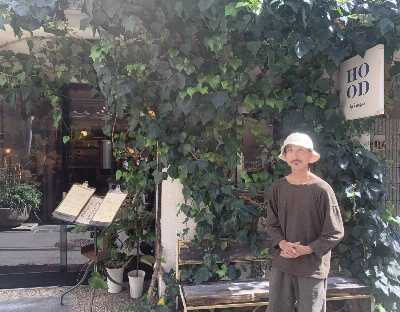Meta
John Gauntner
Feb 3, 2002
Feb 3, 2002
Dec 23, 2001
Dec 9, 2001
Nov 25, 2001
Nov 11, 2001
Oct 28, 2001
Oct 14, 2001
Sep 30, 2001
Sep 16, 2001
Sep 2, 2001
Aug 19, 2001
Aug 5, 2001
Jul 22, 2001
Jul 8, 2001
Jun 10, 2001














